Are you fascinated by the vibrant colors and melodious songs of birds? If so, then the Nicoya Peninsula in Costa Rica is a paradise waiting to be explored. Nestled along the Pacific Coast, this stunning tropical region is renowned for its rich biodiversity and abundant bird species. Whether you are a seasoned bird-watcher or a novice eager to embark on your first birding adventure, this beginner’s guide will provide you with all the essential tips and insider knowledge to make your birding experience on the Nicoya Peninsula truly unforgettable.
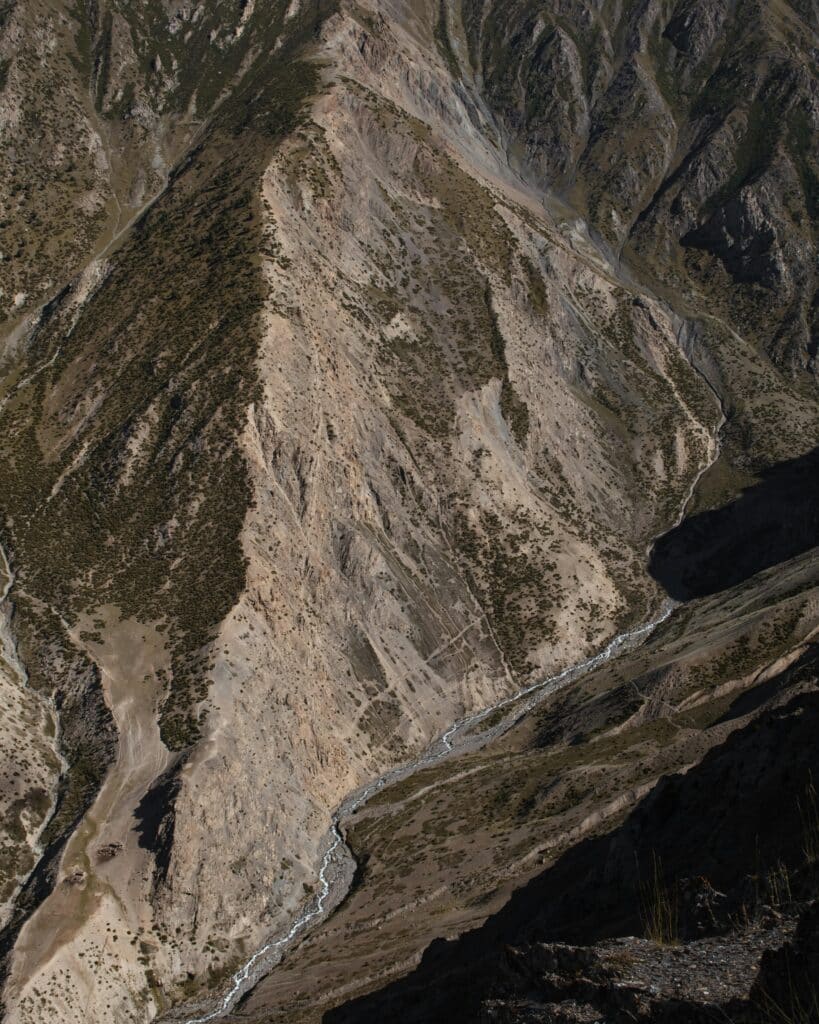
Understanding the Nicoya Peninsula
Location and Geography
The Nicoya Peninsula is a beautiful and unique region located in Costa Rica, extending into the Pacific Ocean. Situated in the northwestern part of the country, it is known for its stunning coastline, tropical forests, and diverse wildlife. This narrow strip of land separates the Pacific Ocean from the Gulf of Nicoya, creating a rich and varied ecosystem.
Climate and Best Times to Visit
The Nicoya Peninsula boasts a tropical climate with distinct wet and dry seasons. The dry season, which runs from December to April, is considered the best time to visit for birding enthusiasts. During this time, the weather is generally sunny and dry, providing optimal conditions to spot a wide variety of bird species. The wet season, from May to November, brings frequent rain showers and a lush, verdant landscape, but it can make birding a bit more challenging due to the thicker foliage.
Flora and Fauna Variety
The Nicoya Peninsula is a haven for biodiversity, renowned for its rich flora and fauna. The region’s diverse habitats, including coastal areas, rainforests, and mangrove swamps, support a remarkable range of bird species. From brightly colored toucans and macaws to tiny hummingbirds and elusive owls, birders can expect to encounter a fascinating array of feathered friends during their visits.
Fundamentals of Birding
Definition and Importance of Birding
Birding, also known as birdwatching, is a popular recreational activity and scientific endeavor that involves observing and appreciating birds in their natural habitats. It is a way to connect with nature, learn about different bird species, and contribute to their conservation. Birding is not only a relaxing and enjoyable pastime but also serves as an essential tool for studying bird behavior, migration patterns, and the overall health of ecosystems.
Understanding Bird Behavior and Habitats
To become an adept birder, understanding bird behavior and their preferred habitats is crucial. Different species exhibit unique characteristics, feeding patterns, and nesting preferences. By familiarizing yourself with bird behavior, you can enhance your chances of spotting specific birds and gain insights into their ecological roles. It’s important to learn about the diverse habitats found on the Nicoya Peninsula, such as mangrove forests, dry tropical forests, and cloud forests, as each habitat supports distinct bird populations.
Basic Birding Ethics and Conduct
As birding gains popularity, it is important to practice good ethics and conduct in order to minimize disturbance to the birds and their habitats. Respect nature and wildlife by maintaining a safe distance, avoiding loud noises, and refraining from littering. Do not disturb nesting sites or interfere with the natural behavior of the birds. Additionally, always follow local regulations and guidelines to ensure responsible birding.
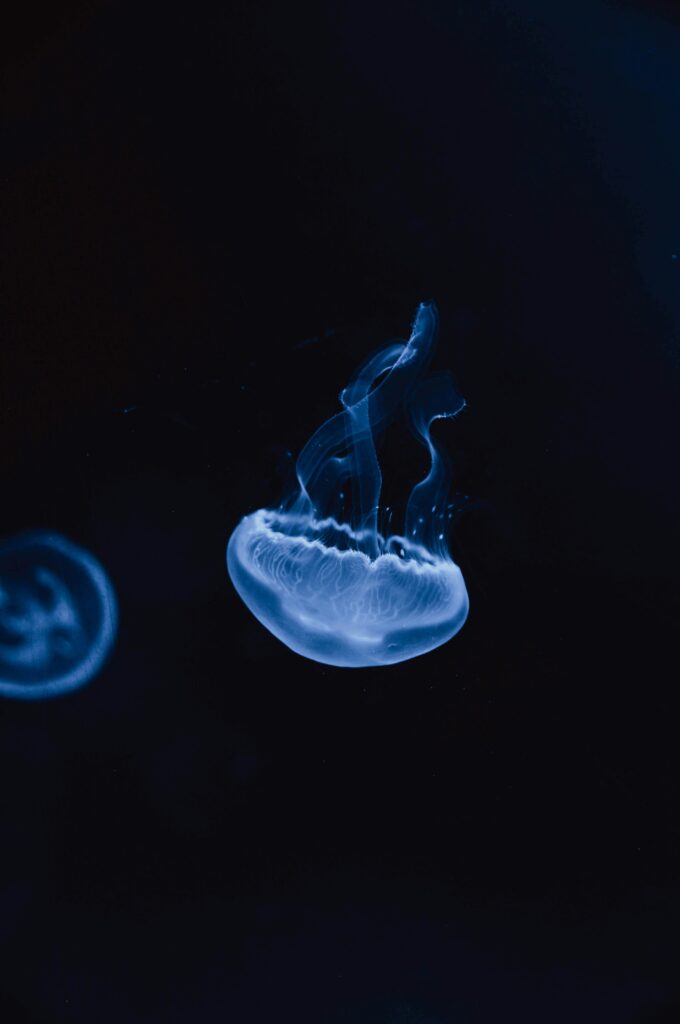
Essential Birding Tools Needed
Choosing a Good Pair of Binoculars
A good pair of binoculars is essential for birding, as it allows you to observe birds from a distance without causing disturbance. Look for binoculars with a magnification of around 8x to 10x and a wide field of view for easier tracking of birds in flight. Quality optics and good light transmission are also important factors to consider when selecting binoculars. Investing in a reliable pair will significantly enhance your birding experience on the Nicoya Peninsula.
Field Guides for Identification
Field guides are invaluable resources that aid in bird identification. These books or apps provide detailed descriptions, illustrations, and range maps of various bird species, making it easier to identify the birds you encounter. Look for field guides specific to the Nicoya Peninsula or Costa Rica, as they will include the region’s unique bird species. When choosing a field guide, opt for one with clear and accurate information that is easy to navigate.
Notepads or Apps for Recording Sightings
Keeping a record of your bird sightings is not only personally fulfilling but also contributes to scientific research and conservation efforts. Carry a notepad or use birding apps on your smartphone to document the birds you see, including details like species, date, time, and location. This information can be shared with ornithological organizations or added to citizen science projects, helping researchers monitor bird populations and their distribution.
Bird Species Found in the Nicoya Peninsula
Commonly Spotted Birds
The Nicoya Peninsula is teeming with bird species, both common and unique. Some of the commonly spotted birds include the Scarlet Macaw, Resplendent Quetzal, Blue-crowned Motmot, White-throated Magpie-Jay, and the Fiery-billed Aracari. These vibrant and captivating birds can be found throughout the region’s various habitats and are a delight to observe.
Rare and Endangered Birds
In addition to the more common species, the Nicoya Peninsula is also home to rare and endangered birds. The Mangrove Hummingbird, Black-cheeked Ant Tanager, and Yellow-billed Cotinga are just a few examples. Spotting these elusive birds requires patience and keen observation skills, but the reward of witnessing such rare creatures in their natural habitat is truly unforgettable.
Birds Unique to the Peninsula
The Nicoya Peninsula is known for its unique bird species that are found exclusively in this region. For example, the Olive-throated Parakeet and Baird’s Trogon are endemic to this area and cannot be found anywhere else in the world. This makes birding on the Nicoya Peninsula an exciting and rewarding experience, as you have the opportunity to encounter birds that are found nowhere else on the planet.

Best Birding Spots on the Nicoya Peninsula
Public Parks and Reserves
There are several public parks and reserves on the Nicoya Peninsula that provide excellent birding opportunities. Cabo Blanco Absolute Natural Reserve, Curú Wildlife Refuge, and Palo Verde National Park are just a few examples. These protected areas offer diverse ecosystems and well-maintained trails, catering to birders of all skill levels. Exploring these parks and reserves is a fantastic way to immerse yourself in the natural beauty of the region while encountering an abundance of bird species.
Beaches and Coastal Areas
The coastal areas of the Nicoya Peninsula are not just breathtakingly beautiful but also rich in birdlife. Beaches such as Tambor, Montezuma, and Santa Teresa offer a unique setting where you can observe shorebirds, seabirds, and migratory species. From graceful Herons and Egrets to elegant Frigatebirds and pelicans, the coastal regions provide a different birding experience, complemented by the soothing sound of crashing waves.
Forest Areas and Trails
The forests on the Nicoya Peninsula are a treasure trove for birders, with their dense foliage and rich biodiversity. Explore the hiking trails in Cabo Blanco Nature Reserve or Curú Wildlife Refuge, and you’ll have the opportunity to spot a wide range of forest-dwelling species. Keep an eye out for the resplendent Turquoise-browed Motmot, the secretive Great Curassow, or the acrobatic Howler Monkey, as you navigate through the trails immersed in the sights and sounds of the forest.
Planning a Birding Trip to the Nicoya Peninsula
Travel Requirements and Cost
Before embarking on your birding adventure to the Nicoya Peninsula, ensure that you have all the necessary travel requirements. This includes a valid passport, any required visas, and knowledge of any entry or exit fees that may apply. Additionally, consider the cost of flights, accommodations, transportation, meals, and any guided tours you wish to take. Research and plan in advance to ensure that your trip fits within your budget.
Creating an Itinerary
To make the most of your birding trip, it is recommended to create a detailed itinerary that includes the specific birding spots you wish to visit and the time you plan to spend at each location. Research the best times of day for bird activity and plan your schedule accordingly. Allow for flexibility in your itinerary, as bird sightings can be unpredictable, and you may want to spend more time in certain areas if the birding is particularly fruitful.
Accommodation and Transport-Hire Options
When choosing accommodation for your birding trip, consider staying in proximity to the birding hotspots you plan to visit. This will minimize travel time and allow you to maximize your birding opportunities. There are various accommodation options available, ranging from eco lodges nestled in the rainforest to beachfront hotels with stunning views. Additionally, consider your transportation needs. Renting a car or hiring a local guide/driver can provide more flexibility in reaching remote birding spots.
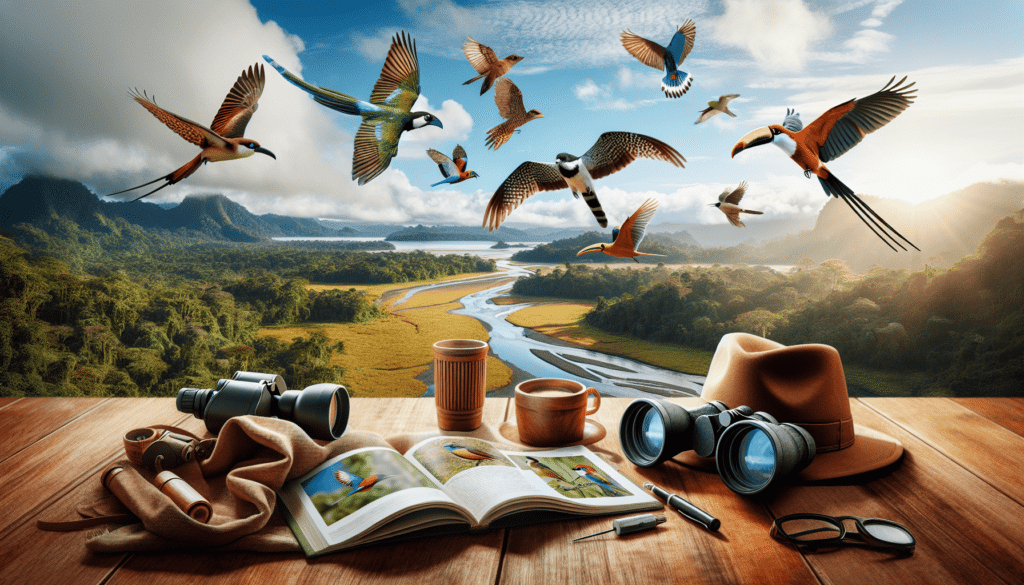
Safety Measures and Precautions While Birding
How to Protect Yourself and the Environment
While birding on the Nicoya Peninsula, it is important to take necessary precautions to protect yourself and the environment. Apply sunscreen, wear a hat, and stay hydrated to avoid sunburn and dehydration. Be mindful of any potential hazards, such as uneven terrain or wildlife encounters. Respect the natural environment by not disturbing nests or wildlife, and avoid littering. By being a responsible birder, you can contribute to the preservation of the region’s fragile ecosystems.
Local Laws and Regulations
Familiarize yourself with the local laws and regulations pertaining to birding in Costa Rica and the Nicoya Peninsula. There may be specific restrictions on certain activities, such as collecting bird feathers or disturbing protected areas. Educate yourself on the regulations and strictly adhere to them during your birding outings. This ensures that you are not inadvertently causing harm to the birds or their habitats, and it helps to maintain the integrity of the area for future birders to enjoy.
Emergency Contacts
Before heading out on your birding adventures, make note of important emergency contacts. This includes the contact information for local authorities, park rangers, and nearby medical facilities. Having this information readily available will provide you with peace of mind in case any unforeseen situations arise. Remember, safety should always be a priority, and being prepared is an essential part of any birding trip.
Joining Birding Groups and Tours
Benefits of Group Tours
Joining a birding group or taking guided tours can greatly enhance your birding experience on the Nicoya Peninsula. Birding groups offer the opportunity to learn from experienced guides and interact with fellow birding enthusiasts. Sharing knowledge and experiences with like-minded individuals can deepen your understanding of birds and provide a sense of camaraderie. Group tours also often have access to exclusive locations and can provide additional insights into the local bird species.
Finding Suitable Birding Tours
When seeking out birding tours on the Nicoya Peninsula, do thorough research to find reputable and knowledgeable tour operators. Read reviews, ask for recommendations, and ensure that the tours cater to your specific birding interests and skill level. Look for tours that focus on sustainable and responsible birding practices, respecting the environment and wildlife. By selecting a suitable birding tour, you can make the most of your time on the peninsula and maximize your birding encounters.
What to Expect During the Tour
During a birding tour, you can expect to visit a variety of birding spots, accompanied by an experienced guide. The guide will help you identify different bird species, provide insights into their behavior and habitats, and share their passion for birding. Group tours often include transportation, meals, and accommodation, allowing you to fully immerse yourself in the birding experience. It is important to communicate your expectations and interests with the tour operator to ensure a fulfilling and enjoyable experience.
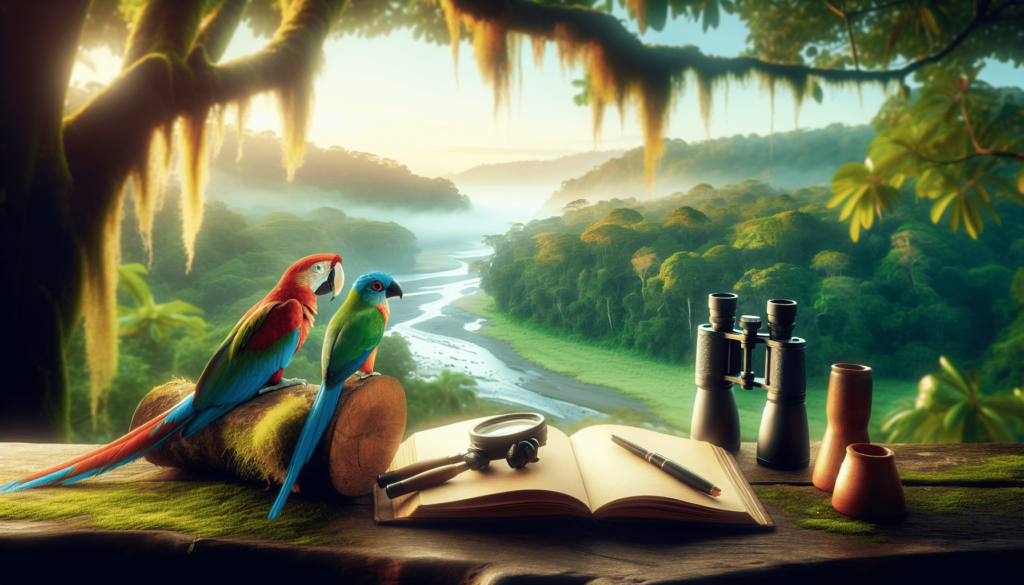
Cataloguing and Documenting Your Birding Experiences
Importance of Record-Keeping
Cataloguing and documenting your birding experiences is not only a way to reminisce about your trips but can also contribute to ongoing research and conservation efforts. Keeping detailed records of your bird sightings helps track population trends, migration patterns, and changes in bird distribution. It also provides valuable data for scientific studies and can aid in assessing the success of conservation measures. Your records, however small or large, become part of a larger picture in understanding and protecting bird species.
Options for Physical and Digital Cataloguing
There are various options available to catalog and document your birding experiences. Physical methods include keeping a detailed birding journal or creating a scrapbook with photographs and notes. You can also create digital records using dedicated birding apps or websites. These platforms allow you to store and manage your bird sightings, share them with others, and contribute to citizen science projects. Choose the method that suits your preferences and lifestyle while ensuring the longevity and accessibility of your records.
How to Document and Share Your Experiences
Documenting and sharing your birding experiences can be done through various mediums. Photography is a popular way to capture the beauty of the birds and their habitats. Share your images with others, either through social media or birding communities, and spark conversations that promote appreciation and conservation. You can also write articles or blog posts about your birding trips, sharing your knowledge and inspiring others to explore the wonders of the Nicoya Peninsula. The choice is yours, but remember that each contribution, no matter how small, plays a role in furthering bird conservation efforts.
Contributing to Bird Conservation on the Nicoya Peninsula
Understanding the Threats to Bird Population
Bird populations worldwide face numerous threats, including habitat loss, climate change, and human activities. By understanding these threats, you can better appreciate the importance of bird conservation efforts. On the Nicoya Peninsula, the destruction of mangrove habitats, deforestation, and pollution are some of the key challenges affecting bird populations. Educate yourself on these issues and spread awareness to encourage conservation practices that protect birds and their habitats.
How to Get Involved in Conservation Efforts
There are several ways to get involved in bird conservation efforts on the Nicoya Peninsula. Volunteering with local organizations and participating in habitat restoration projects can have a significant impact. You can also support conservation initiatives by donating to reputable organizations focused on bird conservation. Additionally, engaging in citizen science programs, such as bird population monitoring, provides valuable data for researchers and helps inform conservation strategies.
Promoting Responsible Birding Community
Promoting a responsible birding community is integral to conserving bird populations on the Nicoya Peninsula. By encouraging others to adhere to ethical birding practices, respect wildlife, and support conservation initiatives, we can create a positive impact. Share your knowledge and passion for birding with others, participate in local birding events or workshops, and use your voice to advocate for the protection of bird habitats. Together, we can ensure that future generations will continue to enjoy the beauty and wonder of birding on the Nicoya Peninsula.
In conclusion, the Nicoya Peninsula offers a captivating birding experience, with its diverse ecosystems and abundance of unique bird species. By understanding its location, climate, and habitats, as well as practicing good birding ethics, you can embark on a fulfilling and responsible birding journey. Choose the right tools and resources, plan your trip wisely, and take the opportunity to contribute to bird conservation efforts. Ultimately, by immersing yourself in the beauty of the Nicoya Peninsula’s birdlife, you will create memories and experiences that will last a lifetime.

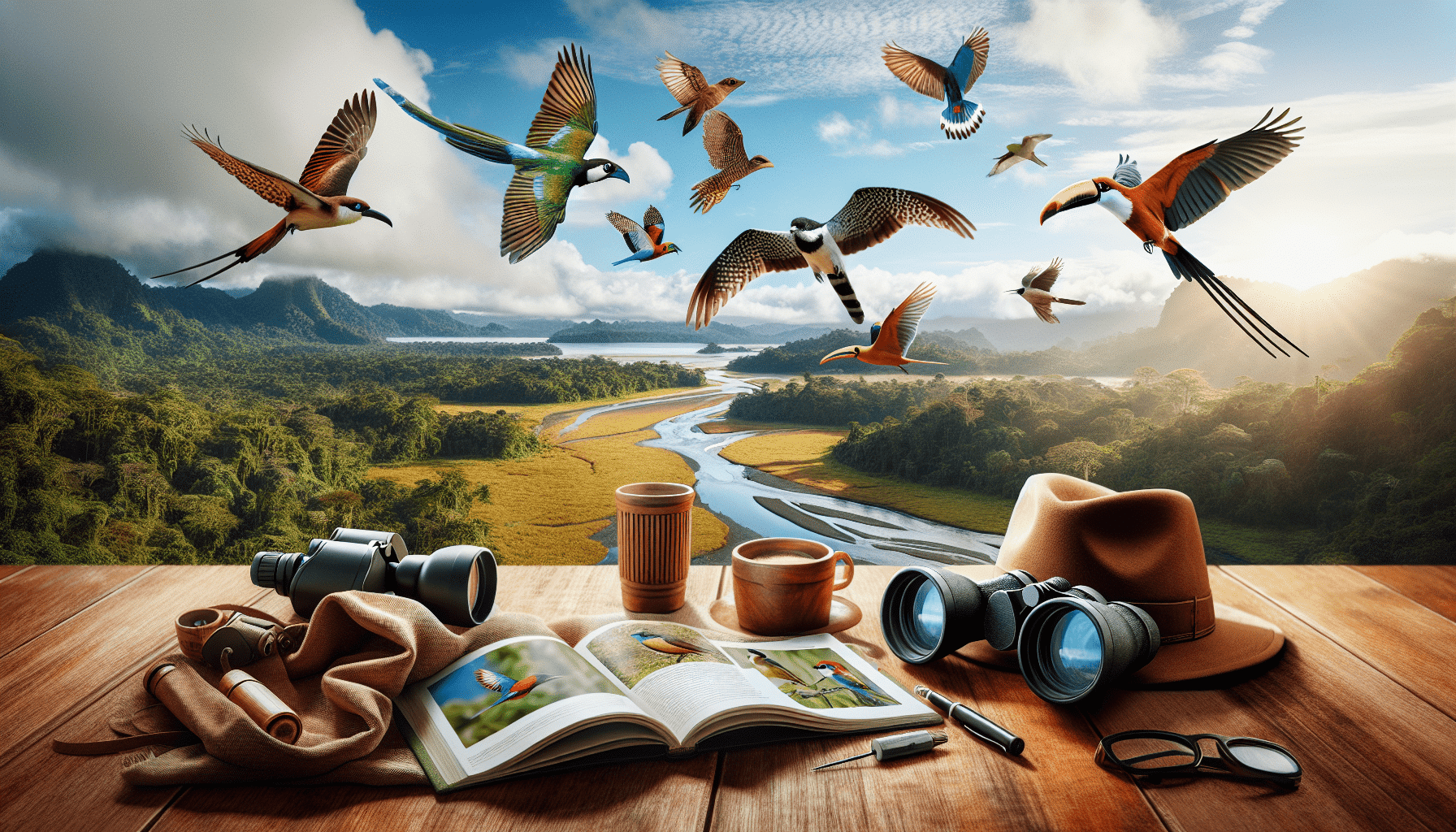





0 Comments